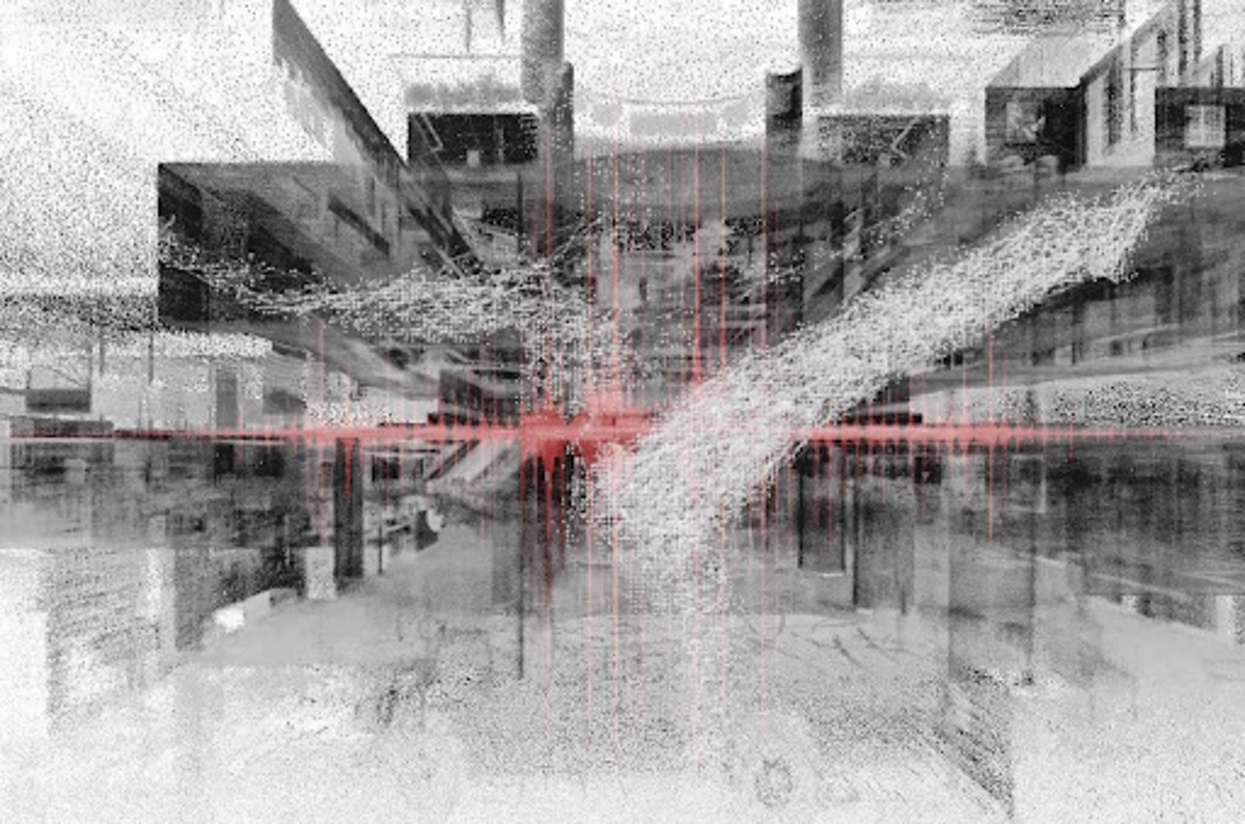Greg Niemeyer Receives CLTC Grant

BCNM faculty member Greg Niemeyer was one of six recipients of the inaugural Center for Long-Term Cybersecurity's (CLTC) grant, selecting his work from a pool of project proposals. Niemeyer submitted "SweetWire," a music video project that translates the containment of a cybersecurity attack into music and choreographed motion.
You can read more about Niemeyer's cybersecurity visualization proposal below.
Concept
Structurally, the music video is a dialog between hacker and target. The dialog structure is similar to E40's song "Choices". This approach casts cybersecurity as an ongoing dialog arising from the need to balance security and connectivity, and as a continuous effort to distinguish legitimate and illicit transactions. The name of the video refers to fictitious names of hackers and cybersecurity teams, who find themselves in this constant dialog.
The music video begins with a 8-tone riff progressively matching a target riff of 8 tones. A rough media sketch of one chord gradually matching a target chord also shows how the close coupling of sound and image in this project alludes to synesthesia: what does security sound like?
Once the two sonic sequences match, the video tracks the various stages of a lateral cyberattack moving through a network, from the installation of a dialer program to more elaborate malware and parallel efforts to contain and thwart the breach. The video ends with a sonification of a reboot from a clean backup, and with a new, but structurally similar 8-tone riff. It could loop, meaning that cybersecurity is continuous engagement with a wide range of concerns.
The sound and the visuals are closely coupled. The video unites three visual elements: a FFT (Fast Fourier Transform) spectrogram visualisation of the music, LIDAR scans of a dance performance and LIDAR scans of a corporate building with an executive area, a server room, a shipping room, a production space, a marketing space, and an engineering space. This previsualization shows what these elements will look like, combined.
The LIDAR approach allows us to show the pointcloud of a body of a dancer moving through pointclouds of walls of the building effortlessly. When points of the dancer collide with points of the building, the points behave like particles and scatter. The points of the dancer also behave like particles, when they encounter elemental forces, which disintergrate the body pointcloud. These forces, which are generated by a physics engine, represent the defensive resilience of the cybersecurity team, whose role it is to keep the corporation operational.
The FFT sound visualization acts at times as a forceshield for the body, and at times as a forceshield for the corporation. The video is cut to the beat, showing different moments of penetration and repulsion, aggregation and disintegration. The dancer pointcloud is at times shown moving left to right through the various sections of the building and at times shown moving from the z-depth of the image to the foreground.
In a final showdown, the dancer pointcloud and the system administrator pointcloud match up exactly to form a single plane. The attack is thwarted because the administrator was able to mimic the intruder and anticipate their next move. In the end, system administrator is better prepared to deal with the next attack, which is looming.
Cybersecurity looks more like particle systems than like command prompts, it looks more like a network than a man under a hoodie with glowing green letters. The color palette is restricted to black, white and red to underscore a contemporary dramatic look.
The music will be produced by Niemeyer in collaboration with Ph.D. students in music at UC Berkeley as well as with Oakland-based music producers from Youth Radio. Many stems for the music will be generated computationally, but the track itself will be mixed for a more listener-friendly experience. There will be beats, and there will be melodies. No lyrics are planned at this time.
Reference videos include Radiohead's classic House of Cards and Timo Bingmann's Sound of Sorting, as well as Greg Niemeyer's own extensive work on Quantopia, the Network Paradox and his recent "Metered Tide" video.
The music video format is accessible and versatile. The end product, SweetWire, is a 5-minute music video which can easily be distributed online, but also can be presented in gallery, event or conference settings. In gallery settings, the video will be accompanied by sound-making objects and music stems used in the video, so visitors can play along with the video, emphasizing interaction and dialog.
See the full list of winners here.
